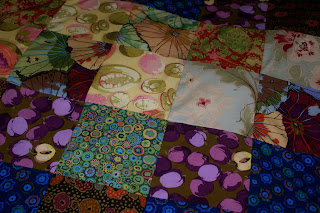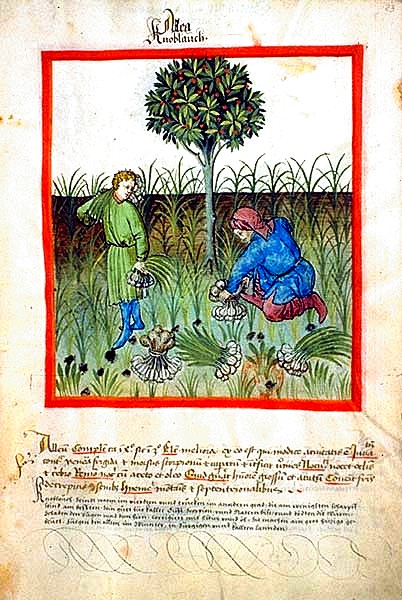From The Crookwell Gazette
The Daramalan Border Leicester Stud’s first annual sale, held in conjunction with Logancrest Poll Dorset Stud on property at Logancrest, Crookwell, was highlighted by solid bidding continuing the recent run of strong Border Leicester stud sales and the attendance of both long term clients of Sylvia Vale Stud and new buyers.
The strong demand for Border Leicester rams reflected the good year to date Border Leicester Merino First Cross Ewe sales and the positive outlook for sheep meat and the prime lamb markets.
All 40 Border Leicester rams offered were sold at auction for an average of $950 with a top price of $1,300 paid by R & M Murray of Netherleigh, Crookwell, long term buyers from Sylvia Vale stud. They also bought one other ram for $1,150.
The outstanding high volume buyer on the day was new client Alex Green of Veolia Environmental Services, Collector, who bought 10 rams to a high of $1,100 and an average of $925. With a yellow cap being given to each individual ram buyer Michelle from Veolia was only three short for the company football team!
Other volume buyers were Brent Medway of Toledale, Gunning who bought 6 rams to a high of $1,150, average $1,058 and Bill Johnson of Goulburn buying 5 to a high of $1,000 and average $890.
Three buyers bought 4 rams each, Murray Slater of Bychance, Laggan with average of $962.50, Ian Cusack of Bywong Holdings, Sutton average $887.50 and Brian Anderson of Lower Sylvia Vale, Binda average $900. R & D Reynolds of Fullerton Station, Fullerton, Shannon Arnall of Carinya, Laggan, Brian Kelly of Kelbri, Golspie and Brian McCormack of Apsley, Laggan completed the impressive list of 11 buyers at auction.
Daramalan Stud owner David Dawes said after the sale that he was “Delighted with the number of competitive bidders and very happy with the prices at our first annual sale. We could not have wished for a more encouraging start”. He also noted, “The results reflected the strength of the Sylvia Vale bloodlines and the current prime lamb market”.
David would like to thank all the buyers and under bidders for their valued support, Craig and Sharon Coggan for hosting the auction and looks forward to the sale next year.
The sale was conducted by Mark Watson and Denis Hewitt of Elders Crookwell with Steve Ridley of Elders Goulburn as auctioneer.
Logancrest Poll Dorset Stud, Crookwell, sold all 29 selected Poll Dorset rams to a top of $850, paid by John Shaw of Rutherford Pastoral Company, Gunning and an overall average price of $555. There were 18 separate buyers with Ian Cusack of Bywong Holdings, Sutton, the highest volume buyer with 4 rams. There were eleven multiple buyers including Archie and Keith Coggan, Doug Cady, G & T Thompson, Robert Collins, Brian McCormack and Brent Medway. Seven of 10 ram lambs were also sold averaging $414. Owner Craig Coggan was “Very pleased with the number of registered buyers and the prices paid”. Craig and Sharon would like to thank all the buyers for their continued support. The auctioneer was Daniel Croker of Landmark, Goulburn.
Border Leicester Merino First Cross Ewes were also sold on the day, 85 by EGR and DE Robertson, 16 by Daramalan both at $138 and 80 by Logancrest for $165. Fifty four FX Ewes with lambs at foot were sold by Daramalan at $182.50 and 76 by Logancrest to a top of $210 and an average of $198.20.























